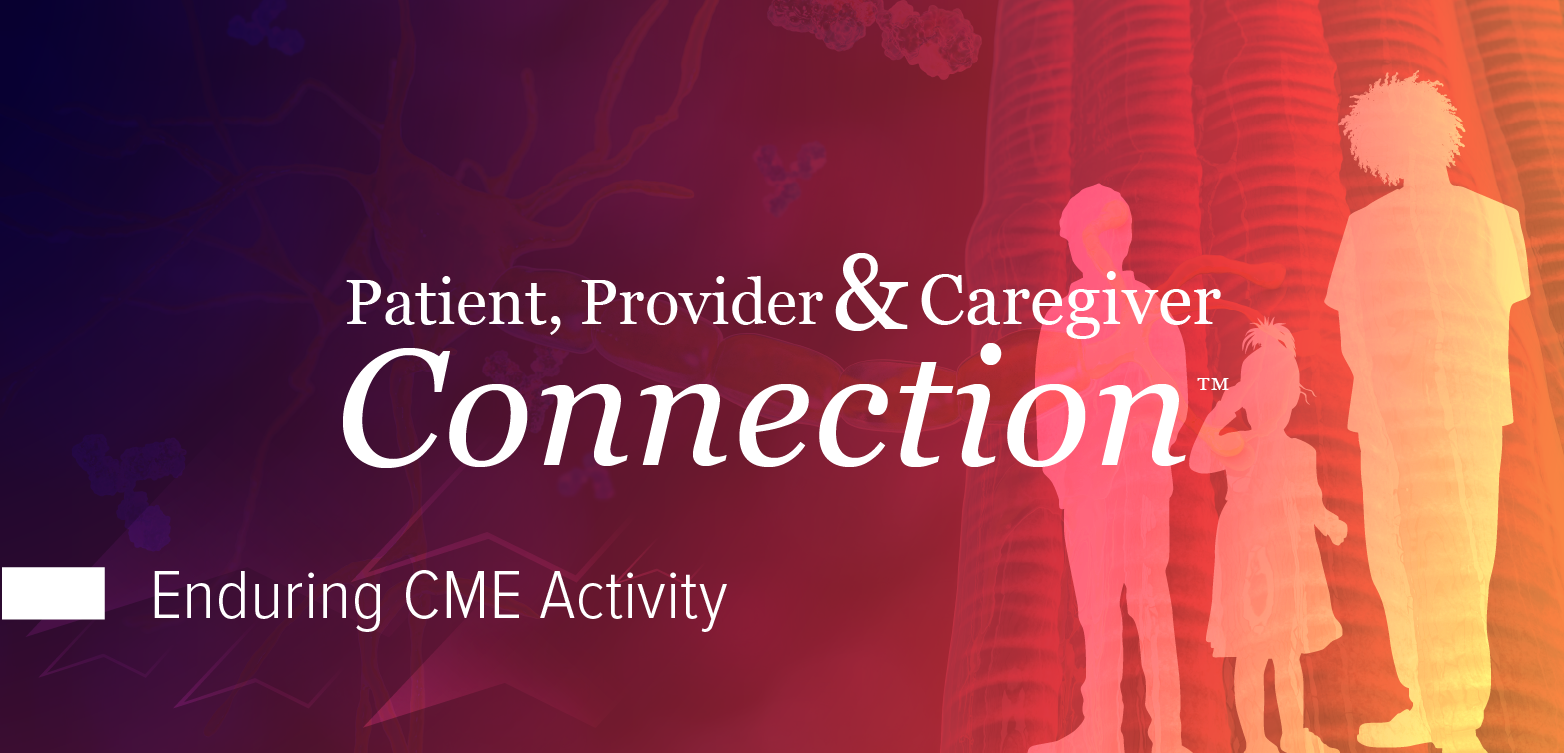
RAINBOWFISH Study in NEJM Highlights Risdiplam’s Impact in Presymptomatic SMA, Importance of Newborn Screening
Key Takeaways
- Risdiplam improved functional outcomes in presymptomatic SMA infants, with 81% achieving the primary end point of sitting without support at 12 months.
- The trial demonstrated risdiplam's safety, with no serious drug-related adverse events, supporting its use in early SMA treatment.
Phase 3 study demonstrates risdiplam's effectiveness in treating presymptomatic spinal muscular atrophy, showing improved outcomes for infants identified through newborn screening.
Investigators have published the final dataset of the phase 3 RAINBOWFISH trial (NCT03779334), a long-term study testing the safety and efficacy of risdiplam (Evrysdi; Roche), an FDA-approved RNA splicing modifier, as a treatment for presymptomatic spinal muscular atrophy (SMA).
Published in the New England Journal of Medicine, results from the trial showed that infants up to 6 weeks of age with genetically diagnosed SMA who received treatment before signs or symptoms appeared had better functional and survival outcomes at 12 and 24 months than untreated infants in natural history studies. RAINBOWFISH, which included 26 infants with 2, 3, or 4 or more copies of SMN2, was the basis behind the drug’s expanded approval in presymptomatic SMA in May 2022.
"These results are extremely significant as [they show] the safety and efficacy of a very simple way to treat patients identified by newborn screening, which can be initiated immediately after the patient identification," study author Laurent Servais, MD, PhD, a professor of pediatric neuromuscular diseases at the University of Oxford, told NeurologyLive.
In the open-label study, the primary end point, the ability to sit without support at month 12, was achieved by 21 (81%) of 26 study participants who had a baseline compound muscle action potential (CMAP) amplitude of at least 1.5 mV. Of 5 infants with 2 SMN2 copies and a baseline ulnar CMAP amplitude of at least 1.5 mV, 4 (80%; 95% CI, 28-100) were able to sit without support for at least 5 seconds; this was higher than the 5% performance criterion of the protocol.
Led by Richard Finkel, MD, director of the Experimental Neuroscience Program at St. Jude Children’s Research Hospital, the cohort’s median Children’s Hospital of Philadelphia Infant Test of Neuromuscular Disorders (CHOP INTEND) score at baseline was 51.5 (range, 35-62), and most patients (n = 18) had 3 or more copies of SMN2. Most patients (77%) had SMA identified through newborn screening, with risdiplam administration ranging between 16 and 41 days.
Over the 24-month period, there were no recorded discontinuations from adverse events (AEs), as well as no serious AEs considered to be drug-related, although this was not independently adjudicated. Overall, 9 treatment-related AEs were found in 7 infants, none of which were serious, and 11 serious AEs were reported in 4 infants. These included neonatal jaundice, enteritis, lower respiratory tract infection, and viral lower respiratory tract infection in one infant, pneumonitis in the second infant, femur fracture and soft-tissue injury in the third patient, and gastroenteritis and 2 incidences of urinary tract infection in the fourth.
READ MORE:
Risdiplam continued to show pronounced effects in the secondary and subgroup analyses. There, investigators found that all 23 infants who completed the 24-month time point on treatment were alive without any respiratory support, and all maintained swallowing and oral feeding abilities. At this time, 91% (21 of 23) of treated patients were able to stand alone (BSID-III item 40) and walk alone (BSID-III item 42), and 96% (22 of 23) met the stopping criteria for assessment with the CHOP INTEND.
Over the 24-month study period, ulnar CMAP amplitudes demonstrated a consistent overall increase, with infants carrying 3 or more SMN2 gene copies showing greater median gains compared with those who had only 2 copies. At baseline, the median SMN protein level was 5.69 ng per milliliter (range, 1.13–26.42), which rose to 7.24 ng per milliliter (range, 2.57–13.74) by month 24. Importantly, these improvements in SMN protein expression were observed regardless of SMN2 copy number, underscoring a broader, copy-number–independent trend toward enhanced motor unit and molecular function over time.
"Risdiplam may be a therapeutic option for treatment of presymptomatic SMA, with the advantage of rapid initiation of oral administration at home,” Finkel et al wrote.1 "Larger comparative trials with longer follow-up are warranted to further understand its relative safety and efficacy."
Focusing on subgroups of patients, all patients (100%; n = 5) with 2 SMN2 copies who completed the 24-month treatment period were able to sit for at least 30 seconds, and 3 (60%) were able to stand and walk on BSID-III. In addition, 4 of 5 infants reached the CHOP INTEND stopping criteria by month 24. These data were considered notable, as infants with SMA who carry only 2 copies of SMN2 are strongly associated with more severe disease and worse outcomes compared with those who have 3 or more copies.
Similar results were found in those with at least 3 or more copies (n = 18), as the entire subgroup was able to sit by month 12 and stand and walk by month 24. More notably, most patients achieved BSID-III milestones within World Health Organization windows for typically developing children. This included being able to sit for at least 5 seconds (67%; 12 of 18), ability to stand (94%; 17 of 18); and ability to walk (89%; 16 of 18). All 18 infants also reached the CHOP INTEND stopping criteria by month 24.
"Patients identified by newborn screening with 3 and 4 copies of SMN2 have so far the potential to be normal on a motor perspective," Servais added. "Of course, a longer follow-up is needed to see what happens on the very long term. The same applies to about 50% of patients with 2 copies."
Risdiplam,
When asked about how to continue to advance SMA treatment and care, Servais added, "to optimize newborn screening to initiate treatment as soon as possible after birth, identify early patients who present with minor sign to initiate add-on treatment, such as antimyostatin, and to develop protocols for the management of patients identified in utero: early delivery or in utero treatment."
REFERENCES
1. Finkel RS, Servais L, Vlodavets D, et al; for the RAINBOWFISH Study Group. Risdiplam in presymptomatic spinal muscular atrophy. New Engl J Med. 2025;393(7):671-682. doi:10.1056/NEJMoa2410120
2. PTC Therapeutics announces FDA approval of Evrysdi (risdiplam) for the treatment of spinal muscular atrophy in adults and children 2 months and older. News release. PTC Therapeutics. August 7, 2020. Accessed August 19, 2025. https://ir.ptcbio.com/news-releases/news-release-details/ptc-therapeutics-announces-fda-approval-evrysditm-risdiplam?sf126403925=1
3. FDA approves Genentech’s Evrysdi (risdiplam) for use in babies under two months with spinal muscular atrophy (SMA). News release. Genentech. May 31, 2022. Accessed August 19, 2025. https://www.biospace.com/article/releases/fda-approves-genentech-s-evrysdi-risdiplam-for-use-in-babies-under-two-months-with-spinal-muscular-atrophy-sma-/?s=85
4. FDA approves Genentech’s Evrysdi tablet as first and only tablet for spinal muscular atrophy (SMA). News release. Genentech. February 12, 2025. Accessed August 19, 2025. https://www.businesswire.com/news/home/20250210728175/en/FDA-Approves-Genentechs-Evrysdi-Tablet-as-First-and-Only-Tablet-for-Spinal-Muscular-Atrophy-SMA
Newsletter
Keep your finger on the pulse of neurology—subscribe to NeurologyLive for expert interviews, new data, and breakthrough treatment updates.



































